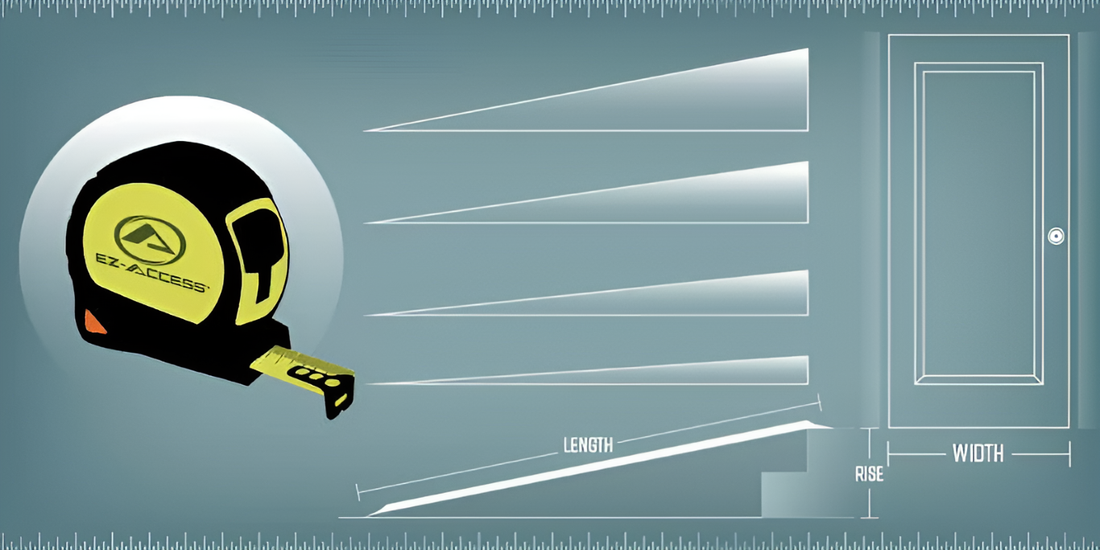If you’re a business owner, you want to connect with as many customers as possible.
More customers means more business. Part of making sure you can serve every customer means ensuring your business is accessible to all.
To do that, you need to make sure your business is compliant with standards established by the Americans with Disabilities Act (ADA).
EZ-ACCESS's PATHWAY® HD Code Compliant Modular Access System is made of durable aluminum and can be configured to meet all ADA requirements. But we do more than manufacture ADA-compliant ramps for businesses across the country. We’re also here to help you understand the steps you can take to make your business ADA-compliant.
With that in mind, let’s take a look at a beginner’s guide to ADA compliance for your business.
What is ADA Compliance and Why is it Important?
Put simply, ADA compliance means that your business needs to be accessible to customers of all abilities. These are standards that apply to businesses across the United States, meaning that a business in Florida is subject to the same requirements as a business in Alaska. To maintain ADA compliance, you need to follow accessible design standards and make accommodations to ensure individuals can enter and interact with your business without encountering barriers.
Failing to meet ADA compliance standards isn’t just about losing customers. It can also mean your business could lose money. Non-compliant businesses face stiff penalties, including fines and being required to retrofit the establishment to meet standards set by the ADA.

Standards of ADA Compliance for Businesses
There are many requirements for businesses to maintain ADA compliance, and although those are standard across the board, we do recommend you consult local code requirements to make sure you’re meeting local regulations as well that may be above and beyond ADA requirements.
Some key components of ADA requirements when it comes to making business entrances accessible include:

Maintaining a 1:12 inch ratio for rise to run on ramps.
This means that for every 1 inch of rise, a ramp needs 12 inches of length. For example, if your business has an elevated step of 5 inches, any accessibility ramp needs to be at least 60 inches long.

Ramps must include resting spots after 30 feet of horizontal run.

Ramps must be at least 36 inches wide.

Level landings at the top and bottom of ramps need to provide adequate space to allow mobility devices to make turns.

The maximum rise for any single ramp run shall be 30 inches before a level landing is required,
but there is no limit on the number of runs per ramp system.

Handrails are required on both sides of all ramps with a rise greater than 6 inches.

There must be an accessible path to all public areas of your business,
including restrooms and parking lots.

At least 60% of public entrances must be accessible to all.
EZ-ACCESS specializes in manufacturing ADA-compliant ramps for businesses. Our teams are ready to make sure your business is accessible for all.
If you’d like to learn more about our ADA-compliant accessibility solutions, please contact us.


